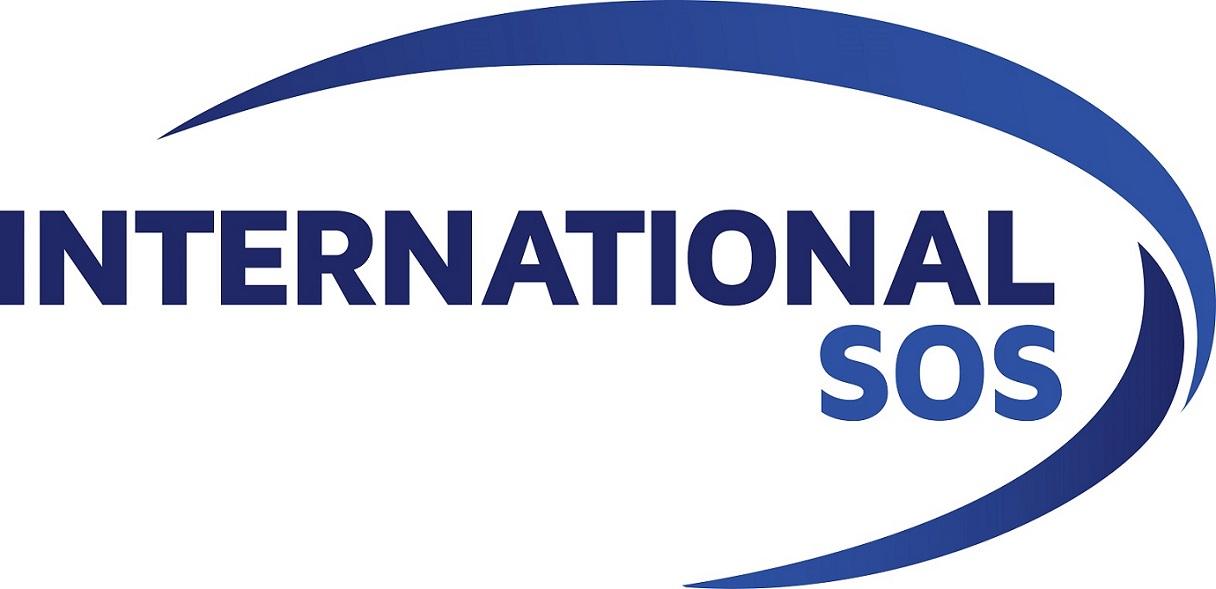By: Basel Khaled
In light of World Day for Safety and Health at Work on 28 April, International SOS encourages organisations to reassess their occupational safety and health (OSH) programmes. Climate change is intensifying existing OSH challenges, and organisations must prioritise proactive solutions. This year's theme, "Impacts of climate change on occupational safety and health," highlights the urgency of this evolving threat.
The International Labour Organization (ILO) latest report estimates that over 70% of the global workforce faces potential exposure to climate-related health hazards.1 These hazards include extreme heat stress, worsening air quality, and more frequent and severe weather events. Furthermore, the Intergovernmental Panel on Climate Change (IPCC) projects a decline in growth in labour productivity due to climate change impacts.2 By 2030, the equivalent of more than 2% of total working hours worldwide is projected to be lost annually, as a result of extreme temperatures, leading to unsafe working conditions or a decrease in worker output.3
Dr Olivier Lo, Global Medical Director, Occupational Health Services, at International SOS “The escalating threats of climate change necessitate a heightened focus on managing risk exposure and health incidents for the workforce. At International SOS, we saw an 80% increase in climate-related medical alerts throughout the majority of 2023 compared to 2022. This concerning trend is further highlighted by the International SOS Risk Outlook 2024 report, with four of the top five health risks identified by respondents being related to climate or weather factors.4 With climate change adding urgency, it is crucial for organisations to acknowledge its combined impact with existing OSH threats. This is key to effectively safeguard workforce safety, health and manage productivity.”
The traditional focus of occupational health and safety on physical safety, accident prevention, and maintaining a sustainable work environment has overlooked a critical factor, the impact of climate change on workforce wellbeing. Extreme weather events and climate-related disasters pose a growing threat to mental health and psychosocial wellbeing. These events can trigger a range of emotional responses, including distress, anxiety, depression, grief, and even suicidal behaviour. 5
Dr Olivier Lo adds “Organisations should redefine workforce safety and health by implementing a holistic approach to workforce wellbeing. A comprehensive OSH programme remains crucial, but workforce wellbeing goes beyond compliance. Regular assessments and adaptations are key to ensuring workforce safety in this evolving landscape. By proactively managing OSH risks, organisations can not only create positive work environments, but also contribute to a more sustainable future. This includes mental and emotional wellbeing support, chronic disease management and preventive healthcare.”
To ensure workforce safety, health and wellbeing in the face of a changing climate, International SOS encourages organisations to consider the following:
1. Conduct regular risk assessments: Incorporate climate-specific hazards and factor in rising temperatures, extreme weather events and changing air quality. Identify vulnerable workforce profiles and locations most at risk from climate impacts.
2. Prioritise worker health and safety: Integrate climate considerations into existing health and safety programmes. Promote heat stress awareness and prevention measures like hydration protocols and rest breaks.
3. Provide mental health and wellbeing support: Develop resources and training to help employees cope with the psychological impact of extreme weather events or environmental disasters. Offer access to mental health professionals to address potential anxiety or stress related to climate events.
4. Climate-ready training programmes: Equip the workforce with knowledge and skills to work safely in a changing environment. Provide training on emergency preparedness and safe work practices during extreme weather events like floods or wildfires.
5. Robust incident response protocols: Develop clear and well-communicated protocols for responding to heat-related illnesses, accidents during extreme weather, and other climate-related incidents. Implement a system for continuous improvement by reviewing incidents and updating protocols as needed.














































































